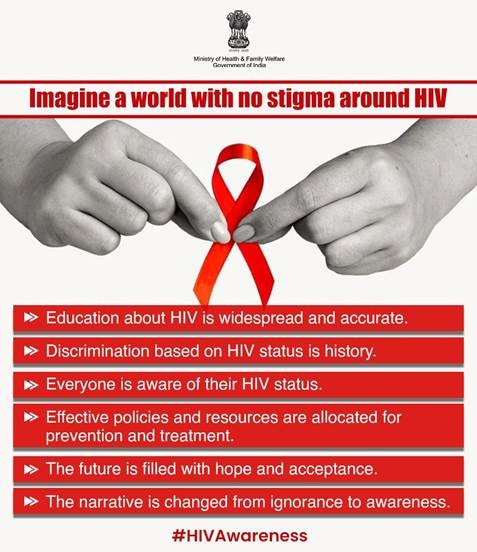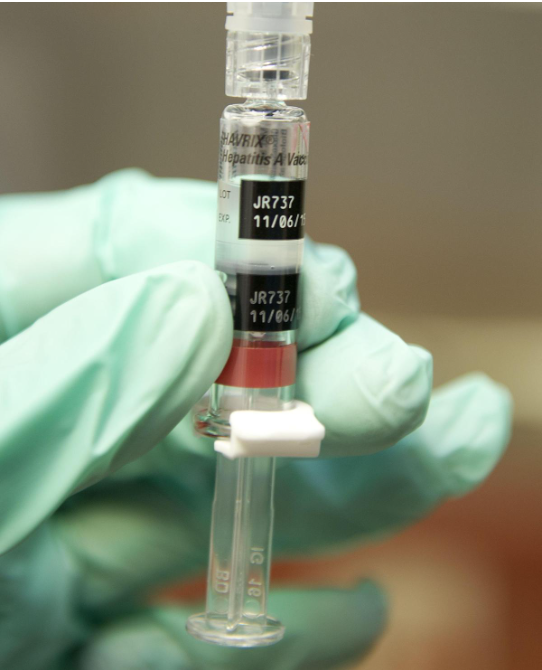





Source: THE HINDU
Disclaimer: Copyright infringement not intended.
Context:
What is Bluetongue Disease?
Bluetongue disease is a viral infection that affects ruminants, particularly sheep, cattle, goats, and deer. It is caused by the Bluetongue virus (BTV), which is part of the Reoviridae family. The disease is non-contagious but is spread through the bites of infected Culicoides midges, a type of biting gnat.
|
Disease Type |
Infectious, non-contagious, vector-borne viral disease |
|
Affected Species |
Wild and domestic ruminants (sheep, goats, cattle, buffaloes, deer, most species of African antelope, camels) |
|
Transmission |
Transmission occurs through the bites of infected Culicoides midges. The midges thrive in warm, moist environments, which facilitates the spread of the virus. Other modes of transmission, such as through contaminated needles or in utero, are less common but possible. |
|
Severity of Infections |
Infections range from mild to severe, depending on the species affected Most infections in cattle are asymptomatic Sheep are most likely to show symptoms |
|
Symptoms in Sheep |
The clinical signs of Bluetongue disease vary depending on the species and the strain of the virus. However, common symptoms include: High fever Swelling of the mouth, head, and neck Nasal discharge Excessive salivation Lameness due to foot lesions Cyanosis (bluish discoloration) of the tongue, which gives the disease its name In severe cases, the disease can lead to high mortality, especially in sheep. Cattle often show milder symptoms but can act as carriers of the virus. |
Impact on Agriculture
Bluetongue disease has a significant economic impact on the agricultural sector:
Control and Prevention
Effective control and prevention strategies are vital to mitigating the impact of Bluetongue disease:

Global and National Responses
The global response to Bluetongue disease involves coordinated efforts by various countries and international organizations:
Conclusion:
The World Organisation for Animal Health (WOAH), formerly the Office International des Epizooties (OIE), is an intergovernmental organisation founded in 1924, coordinating, supporting and promoting animal disease control. The primary objective of WOAH is to control epizootic diseases and prevent their spread.
Source:
MUST READ ARTICLES:
EEHV causing haemorrhagic disease in elephants
|
PRACTICE QUESTION Q. Bluetongue disease affects which of the following groups of animals?
Select the correct answer using the codes below: A) 1 and 2 only B) 2 and 3 only C) 1, 2, and 4 only D) 1 and 3 only Answer: (D) Bluetongue disease affects wild and domestic ruminants such as sheep, goats, cattle, buffaloes, and deer. It does not affect birds or reptiles. |






© 2025 iasgyan. All right reserved